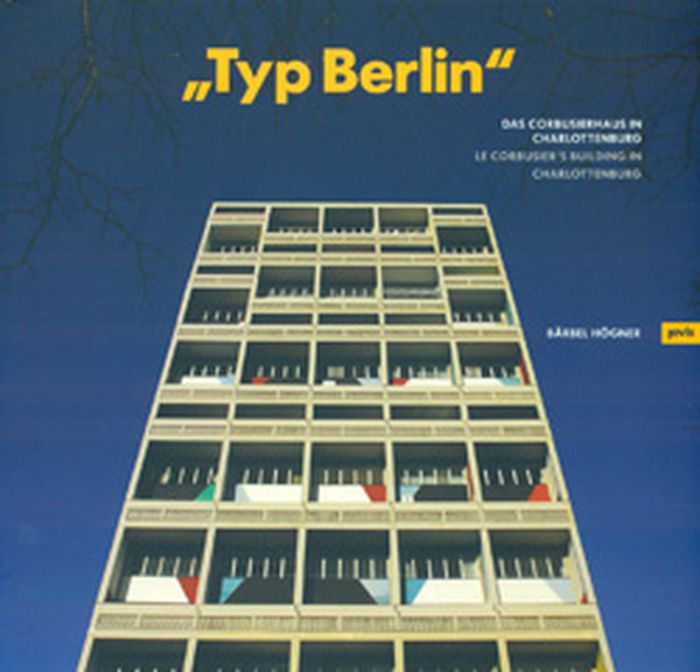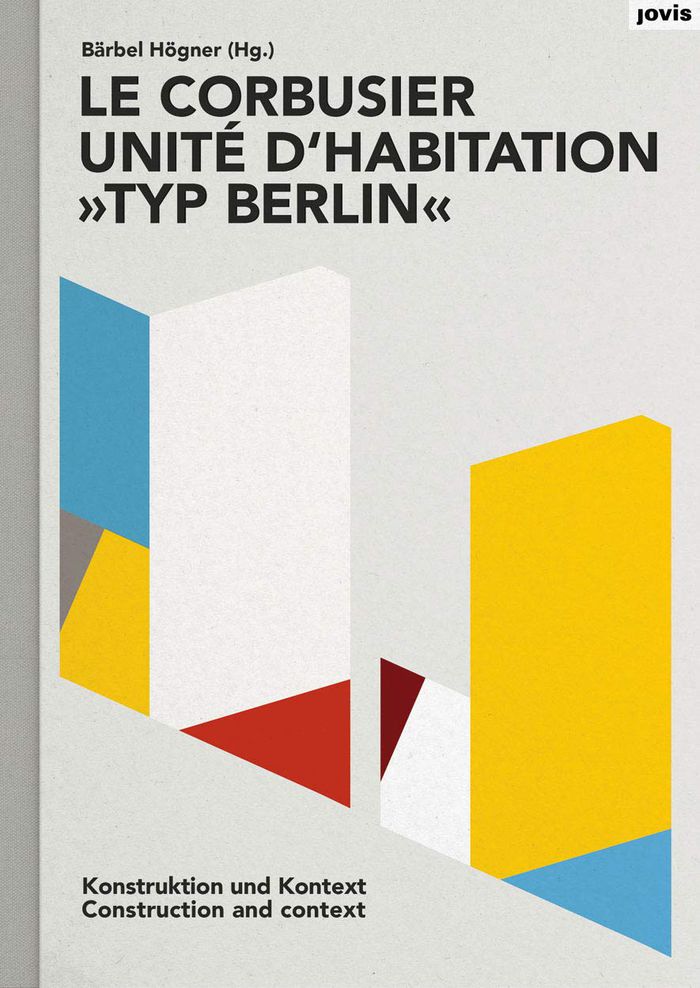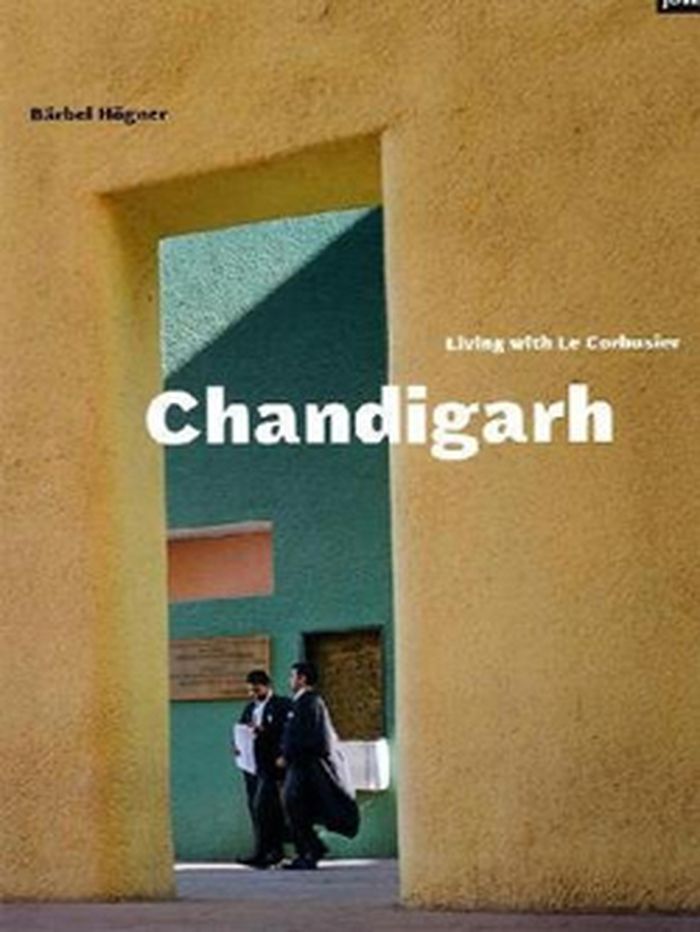$36.00
(disponible en magasin)
Résumé:
Upon completing the eponymous Le Corbusier Building in Berlin in 1958, the pioneering Modernist architect Le Corbusier described the building as rising up to, a monumental size without taking from any of its parts their respect for the individual, physical and subjective dimension. Le Corbusier had confronted Berliners, in their divided city, with his concept of communal(...)
Typ Berlin: Le Corbusier's building in Charlottenburg
Actions:
Prix:
$36.00
(disponible en magasin)
Résumé:
Upon completing the eponymous Le Corbusier Building in Berlin in 1958, the pioneering Modernist architect Le Corbusier described the building as rising up to, a monumental size without taking from any of its parts their respect for the individual, physical and subjective dimension. Le Corbusier had confronted Berliners, in their divided city, with his concept of communal living--a 17-story reinforced-concrete building containing 557 apartments, with only nine corridors to provide access to all of them. Le Corbusier's "machine for living" still influences the inhabitants of the building, yet no matter the architect's intention, it is ultimately the building's residents that give a house its life. Ethnologist and photographer Bärbel Högner was well aware of this when she moved into the Le Corbusier building as artist-in-residence in 2007. Her findings are published in this stunning volume, which features images of the interplay between residents and Le Corbusier's architectural masterwork.
Architecture, monographies
$55.00
(disponible sur commande)
Résumé:
Built between 1957 and 1958, Le Corbusier’s Unité d’habitation in Berlin stands as an exceptional work of postwar architecture in Berlin. Although it follows the basic concept of a “vertical village” as envisioned by the architect, the gigantic block, containing 530 apartments, clearly differs from the Marseille original. However, as a result of modifications required by(...)
Le Corbusier: unité d'habitation, Typ Berlin: construction and context
Actions:
Prix:
$55.00
(disponible sur commande)
Résumé:
Built between 1957 and 1958, Le Corbusier’s Unité d’habitation in Berlin stands as an exceptional work of postwar architecture in Berlin. Although it follows the basic concept of a “vertical village” as envisioned by the architect, the gigantic block, containing 530 apartments, clearly differs from the Marseille original. However, as a result of modifications required by the client, the construction occupies the position of an outsider in Le Corbusier’s oeuvre. Authors from the fields of architecture, urbanism, art history and cultural studies precisely set out the genesis of the listed building for the first time. In addition, they investigate the development of the Unité d’habitation model, and the Berlin variant’s unique color concept, and carry out a comparison with the four typologically related buildings in France. In looking at the significance, ingenuity and creative impact of Le Corbusier’s unique creation in Berlin, the so-called Corbusierhaus, the publication fills a gap in the literature on postwar modernism and the architect’s body of work.
Architecture, monographies
$50.00
(disponible sur commande)
Résumé:
In the early 1950s, many in the architectural profession turned their gaze towards India, where an ideal modern city seemed to be becoming a reality. When Le Corbusier and his team started work in February 1951 in Chandigarh, American planner Albert Mayer and his young principal architect Matthew Nowicki had already completed a land development plan for the site. The(...)
Chandigarh: Living with Le Corbusier
Actions:
Prix:
$50.00
(disponible sur commande)
Résumé:
In the early 1950s, many in the architectural profession turned their gaze towards India, where an ideal modern city seemed to be becoming a reality. When Le Corbusier and his team started work in February 1951 in Chandigarh, American planner Albert Mayer and his young principal architect Matthew Nowicki had already completed a land development plan for the site. The challenge Le Corbusier then faced was to demonstrate how a city designed from the drawing board could feel humane, functional and viable once built. Once the home of public officials, Chandigarh has become a vibrant garden city and a magnet for the booming Indian software industry. Attracted to the idea of a possible dialogue and contradiction between European architecture and Indian lifestyle, German ethnographer Bärbel Högner began photographing the city. Chandigarh: Living with Le Corbusier surveys Le Courbusier's contribution to India's first planned city, while simultaneously revealing Högner's passionate interest and impeccable eye for architectural detail.
Architecture, monographies


